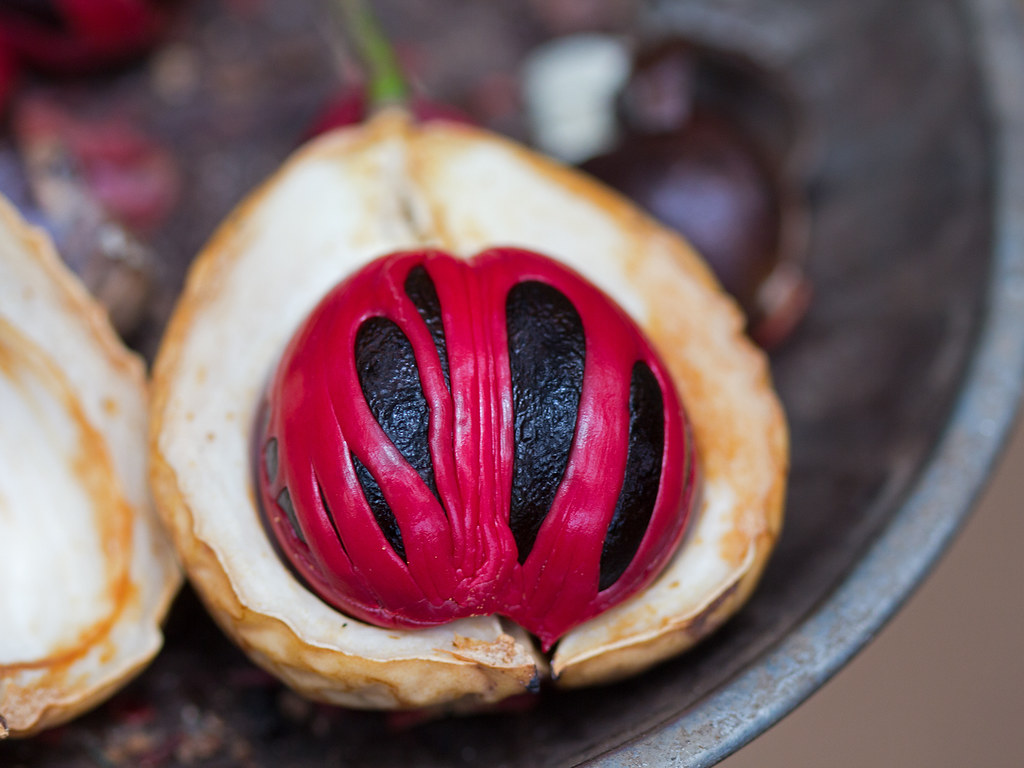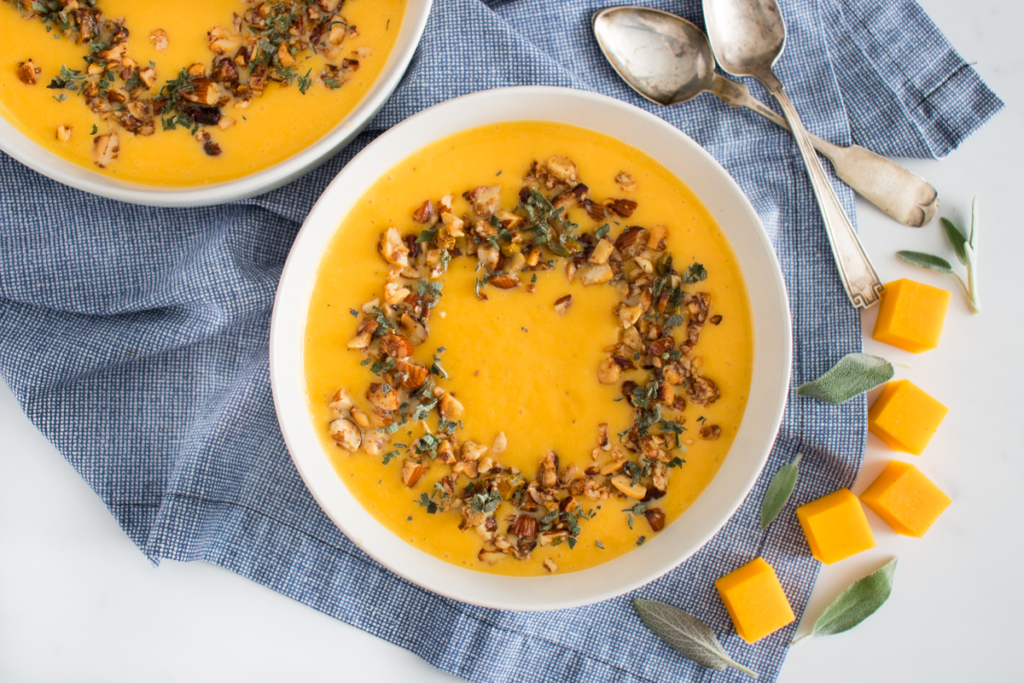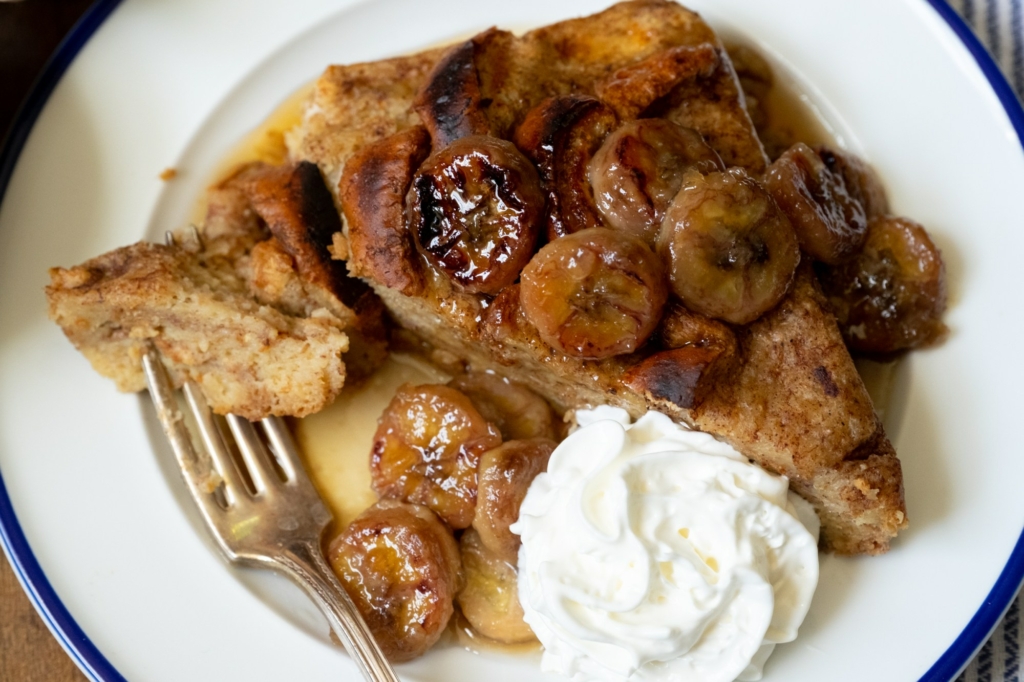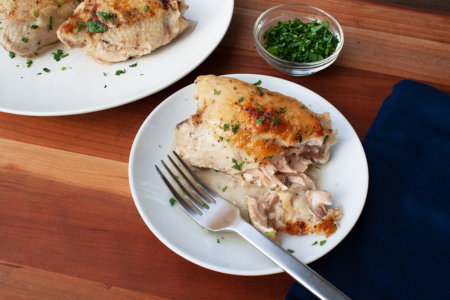Mace, native to Indonesia, is a strong and slightly sweet spice that grows as a web-like coating on nutmeg seeds. Read on to explore mace, its piquant flavor, and culinary uses that will encourage you to sprinkle a bit of this flavor-packed spice onto your everyday meals.
What is Mace Spice?
Mace is an extremely aromatic spice that grows on nutmeg trees (Myristica fragrans). These evergreen trees are well known for producing two spices from their fruits: nutmeg and mace. While nutmeg is the seed of the tree, mace is its web-like covering which acts like a barrier separating the seed from the fruit. Mace is a lacy textured orangish-red seed covering that once dried, takes on a darker yellow-orange, or brown hue. The whole mace, when dried, is called a “mace blade”, which is sold as is or ground to be used in powdered form.
Here is a fun fact: Myristica fragrans are the only trees that produce two spices and so mace is called “nutmeg’s sister spice” or the “sibling spice”. Mace widely grows in Indonesia and Grenada, and is widely used in making desserts worldwide, however, in the Indian subcontinent, it is widely used in flavoring rice including pilaf and biryani.

What Does Mace Taste Like?
Mace has a uniquely warm, and earthy flavor just like the nutmeg spice. However, it’s slightly sweeter, less intense, and somewhat spicy in taste. It also has undernotes of citrus, cinnamon, black pepper, and pine, making it an ideal ingredient in baking, and of particular significance in winter-inspired cozy meals like soups, curries, and of course pumpkin pies.
What is Mace Spice Used For?
The aroma of mace functions much like a bay leaf, gradually releasing its perfume in dishes that it’s added to. Mace can be added into a pot of steaming rice, hot chicken stock, or even homemade pickles for that piquant aroma. Mace pairs exceptionally well with other spices like cinnamon, cumin, cloves, saffron, and fennel seeds, and hence it is an integral ingredient in spice mixes like Garam Masala and Curry powder.

Mace is widely used in Indian cuisine where it’s leveraged into aromatic curries, nutritious soups, and nutty daal dishes. You can prepare our Butternut Squash Curry, Cream of Butternut Soup, and Curried Chicken with Red Lentils to enjoy the comforting warmth of mace spice.
Ground mace is used as a spice in savory dishes especially incorporating pumpkin, potatoes, carrots, meat, cream, and cheese. Experience the unique fragrance of mace in our recipes for Butter Chicken and Chana Masala. Mace is also used in savory dishes like Swedish meatballs and barbecue chicken.
Mace is added to sweet desserts like pumpkin pie, pumpkin bread, berry cobblers, cakes, and donuts, etc. You can also try sprinkling mace spice powder on your vanilla ice cream to give it a mildly spicy, yet incredibly aromatic kick. Try adding a pinch of ground mace to our Banana French Toast instead of nutmeg for an enhanced delicately sweet fragrance.

Whether whole or ground, mace should be kept away from the sun and stored in an airtight container to preserve its aroma.
Feature Image: Flickr user Yogita Mehra ( CC BY-NC 2.0 )



